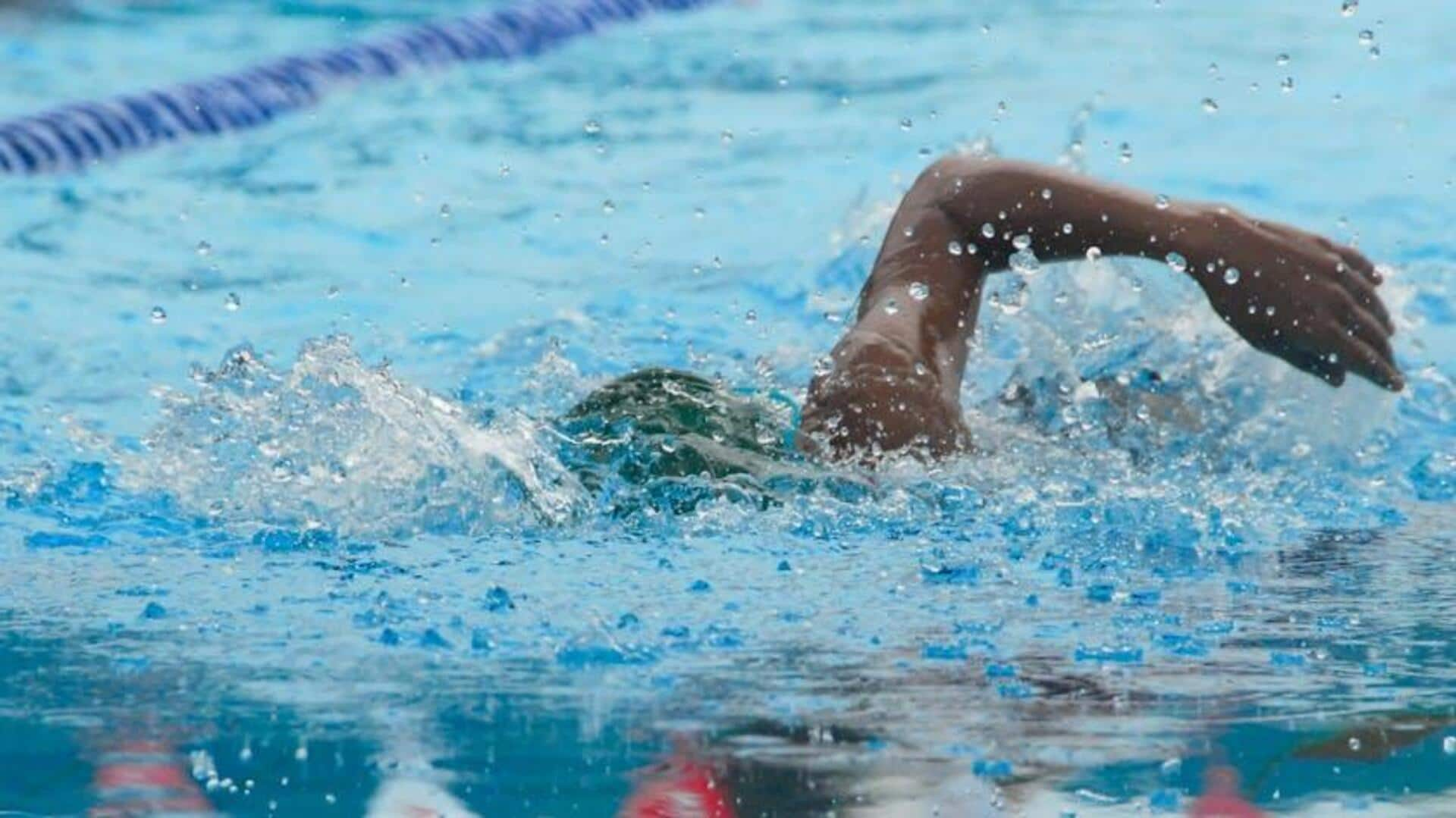What exactly is synchronized swimming?
What's the story
The graceful sport of synchronized swimming, combining elements of swimming, dance, and gymnastics, is not only a fantastic physical workout.
It's also a fun and powerful way to improve your mood and overall mental health.
Discover five reasons why synchronized swimming is a secret mood-boosting weapon, thanks to its blend of physical challenge, team camaraderie, and artistic expression.
Exercise high
Boost endorphins through exercise
Synchronized swimming makes your brain produce more endorphins. These chemicals are natural painkillers and mood elevators.
Intense physical activity, like performing synchronized routines in water, triggers a stronger endorphin release than most other exercises.
This results in the so-called "runner's high" (or should we call it the swimmer's high?), a powerful mood boost after each session.
Teamwork spirit
Improve social connections
Synchronized swimming is a highly collaborative sport, requiring coordination, synchronization, and teamwork to execute complex routines.
This promotes social bonding and friendship among teammates, helping to alleviate feelings of loneliness and depression.
It fosters a sense of belonging and community. Plus, the social interaction helps reduce stress and improve mental well-being.
Skill development
Enhance self-esteem through mastery
The whole process of learning, and eventually mastering, new skills in synchronized swimming is a major confidence booster.
As swimmers get better at it and manage to pull off more and more complicated routines, they feel really good about themselves.
That sense of accomplishment you get from finally nailing a tough move or getting a routine just right is a great way to feel good about yourself and stay positive.
Aquatic calmness
Reduce stress with water therapy
Water has long been recognized for its healing properties, providing a soothing balm to both mind and body.
Synchronized swimming goes beyond traditional water therapy by incorporating physical exercise, further amplifying its stress-relieving benefits.
The act of moving rhythmically in water can become a form of meditation, grounding participants in the present moment while melting away anxiety.
Artistic focus
Encourage mindfulness through choreography
The choreographic aspect of synchronized swimming requires swimmers to concentrate intensely and express themselves artistically.
Concentrating on music synchronization, routine memorization, and expressive performance cultivates mindfulness—a state of mind where you're completely absorbed in the present moment, not passing judgment or getting distracted.
Cultivating mindfulness during routines can help regulate emotions, alleviate depression and anxiety symptoms, and ultimately foster a more stable mood.
